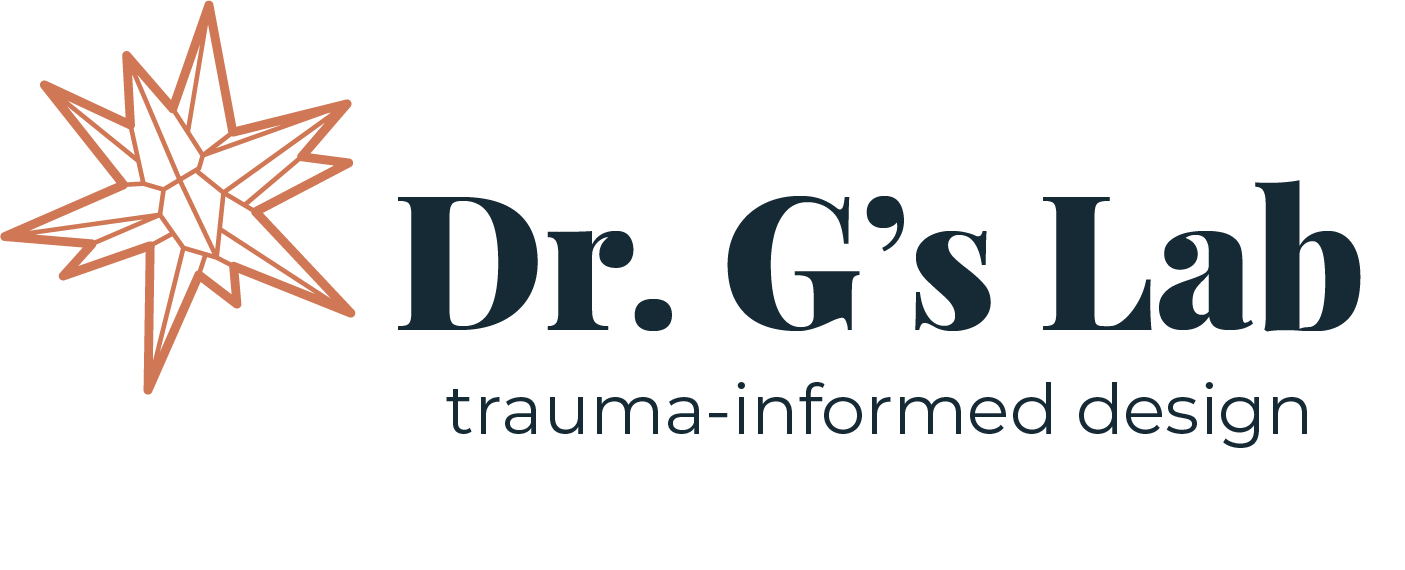Youth-Centered Design: A Blueprint for Creating Meaningful Online Communities
In today's digital age, online communities have truly become a big part of our lives.
I mean, think about it—social media platforms, gaming forums, and all those virtual hangout spots offer us a sense of belonging, connection, and empowerment.
Here's the thing, not all online communities are on the same page, and some of them don't really care about the well-being of their users, especially when it comes to the younger folks out there.
So, what's the deal with meaningful online communities? Well, they're the good ones. They provide a safe and supportive space where young people can come together, share experiences, and learn from one another. These communities are all about personal growth, skill development, and building positive relationships. They're like the secret sauce for youth well-being.
Now, let's talk about youth-centered design. It's a fancy way of saying that we're putting young people in charge. We're actively involving them in the decisions, the development, and the whole shebang when it comes to online platforms and communities. By tuning in to what they need, what they value, and what they dream about, we can create online spaces that aren't just fun but also boost well-being and help young people feel empowered.
Key Principles of Youth-Centered Design
1. Co-creation and Collaboration
Incorporating young people's perspectives and involving them in the design process is crucial. By co-creating online communities with youth, we can ensure that their voices are heard and their unique needs are met.
2. Safety and Privacy
Creating a safe and secure online environment should be a top priority. Implementing robust measures to protect users from harassment, bullying, and inappropriate content is essential for fostering trust and well-being.
3. Empowerment and Agency
Youth-centered design empowers young people by giving them agency and control over their online experiences. Allowing them to customize their profiles, choose their privacy settings, and participate in decision-making processes helps foster a sense of ownership and responsibility.
4. Education and Skill Development
Online communities can serve as valuable learning platforms. By integrating educational resources, mentorship programs, and skill-building opportunities, we can support young people's personal and professional growth.
5. Diversity and Inclusion
Creating inclusive spaces that celebrate diversity is crucial for fostering meaningful connections and combating discrimination. Youth-centered design should prioritize representation, accessibility, and equal opportunities for all users.
Conclusion
Youth-centered design is a blueprint for creating meaningful online communities that prioritize the well-being of young people. By actively involving youth in the design process and implementing key principles such as co-creation, safety, empowerment, education, and diversity, we can create virtual spaces that offer a positive, supportive, and enriching experience for young users.
As we move forward, it is imperative that online communities take a youth-centered approach to ensure the well-being and empowerment of the next generation. By doing so, we can build a digital landscape that nurtures and uplifts young people, fostering their personal growth and creating a more inclusive and connected world.

